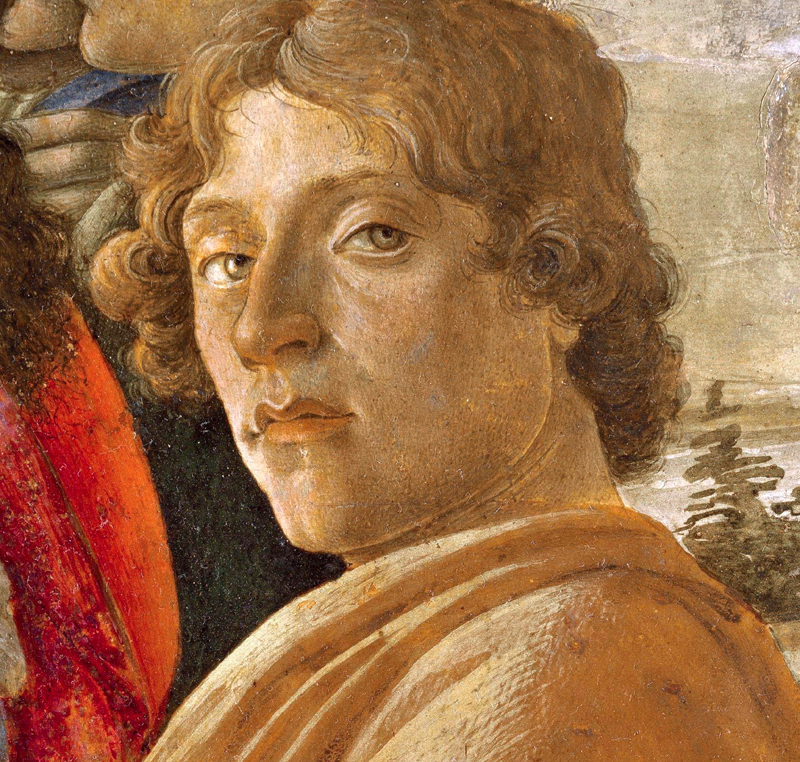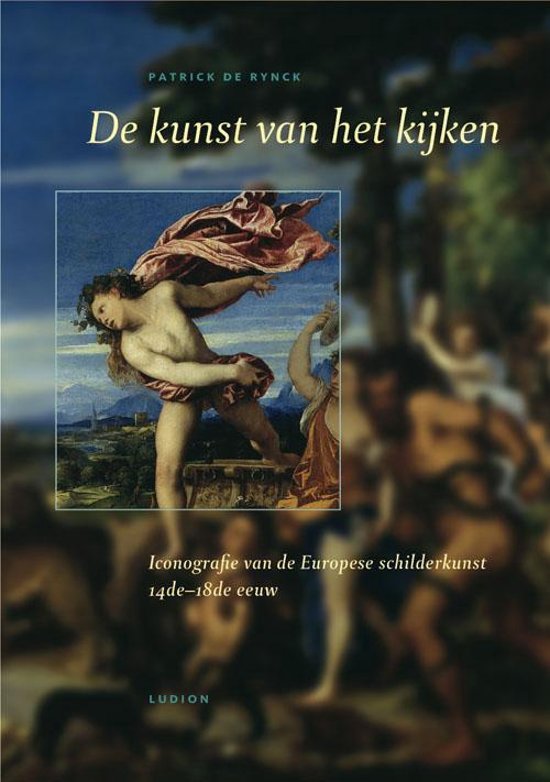Sandro Botticelli (1446–1510) ♦ Primavera means Spring
It measures 203 × 314 cm. It was painted around 1477 and was almost certainly commissioned as a wedding gift for a nephew of Lorenzo de’ Medici, ‘Il Magnifico,’ and then hung in the couple’s bedroom. Afterwards, it fell into obscurity for hundreds of years, only to be rediscovered by the general public in the mid-19th century.
The painting is the first work of the Renaissance in which pagan gods are depicted almost life-size, something previously reserved for religious subjects. The painting continues to capture the imagination, especially because the artist’s exact intention remains unclear.
♦ The painting is meant to be “read” from right to left.
Right Zephyr, the west wind, is chasing Chloris. When he catches her, she breathes out flowers and transforms into Flora, the goddess of spring, who scatters flowers from her embroidered dress onto the ground.
In the center, Venus gestures toward the three Graces, who dance eternally in a circle.
At the far left stands Mercury, recognizable by his winged sandals and the staff with two snakes, his caduceus, emerging from a cloud.
The Three Graces, one of them (perhaps longing?) looks toward Mercury; since Roman times, they are the first women depicted sensually, which is why the painting is seen as a turning point in art history.
Cupid hovers above the arch framing the central figure, suggesting that the central theme may be love.
Very remarkable in the painting are the flowers: more than five hundred different species are depicted, often down to the smallest detail. Interestingly, not all of these flowers bloom in spring; in this regard, Botticelli took some artistic license.
The caduceus is a staff entwined by two snakes, sometimes with wings at the ends. It is the attribute of Mercury and is used by messengers as a symbol of peace.
Cupid (Eros to the Greeks) was the son of Venus. His father may have been Jupiter, Vulcan, or Mars. He is often depicted as a winged archer or a beautiful young boy who had two types of arrows: golden ones to inspire love and lead ones to repel it. Sometimes he is blindfolded, implying that love is blind, or he ties a knot symbolically binding two lovers together.
Mercurius, the son of Jupiter and Maia, he was the athletic messenger of the gods. He acted as a guide and ambassador, was the protector of travelers, and escorted the souls of the dead to the underworld. He is usually depicted with winged sandals “of never-fading gold” and sometimes with a winged petasus, a hat with a low crown and narrow brim. He was also the god of dreams and sleep, and carried a staff that he could use at will.
Zephyr he was the gentle west wind, blowing from the coasts, warmed by the setting sun. He pursued and abducted the Greek maiden Chloris and married her.
Caught in his grasp, she transformed into Flora, the goddess of flowers. Flora enjoyed an eternal spring in her garden, filled with countless flowers and fruits, where the Three Graces wove garlands for her.
Source: The Art of Looking
Intranet
Botticelli, Sandro_Primavera / Spring
References
Source: The Art of Looking
Intranet
Photo's
wikipedia
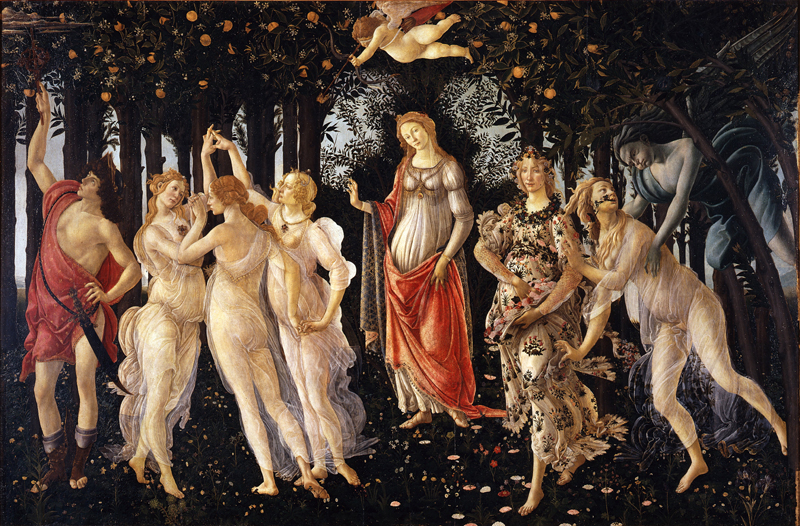
Art lijst
Schilderijen
- Bosch, Hieronymus – The Peddler
- Bosch, Hieronymus_The Haywain triptych
- Botticelli, Sandro_Primavera / Spring
- Brueghel the Elder, Pieter – The Tower of Babel
- Campin, Robert — Mérode Triptych
- Courbet, Gustave_The painters Studio
- Dali, Salvadore_Verzoeking van de heilige Antonius
- Dou, Gerard_de Kwakzalver
- Eyck van Barthélemy_Stilleven met boeken
- Fra Angelico_Annunciatie
- Géricault, Théodore_Vlot van Medusa
- Magritte, Rene_Verboden af te beelden
- Matsys, Quinten_De geldwisselaar en zijn vrouw
- Memling, Hans_Twee paarden in een landschap
- Onbekend-16e eeuw_4 gedaantes van een arts
- Picasso, Pablo_Guernica
- Rembrandt_Abraham en de drie engelen
- Rembrandt_Elsje Christiaens
- Velazquez, Diego_Las Meninas
Schilderijen en de dokter
- Agenesia Sacrale (a rare congenital disorder in which the fetal development of the lower spine)
- Alopecia areata (hair loss)
- Arthrogryposis congenita (birth defect, joints contracted)
- Artritis psoriatica (inflammatory disease of the joint)
- Artritis reumatoïde
- Breast development (delayed)
- Bubonic plague
- Difterie (kroep)
- Gigantisme & Acromegalie
- Hazenlip (cheiloschisis) / gespleten gehemelte
- Herpes zoster (gordelroos)
- Hongeroedeem
- Influenza Epidemic of 1858
- Keisnijding
- Krankzinnigheid - Malle Babbe (1640)
- Kropgezwel (struma)
- Lepra
- Liefdesziek, zwangerschap
- Lymfkliergezwel (lymfoom), non-Hodgekin
- Manische Depressie Psychose
- Mazelen? / Rubeola? (acute virale infectie)
- Melanoom of naevus (geboortevlek)
- Membraneuze glomerulonefritis
- Moord (pneumothorax, slagaderlijke bloeding)
- Neurofibromatose
- Oogoperatie
- Osteoartrose / hallux valgus
- Osteomyelitis
- Otitis media (acute middenoorontsteking)
- Parotitis (mumps)
- Platvoet en Spitsvoet
- Polio
- Prepatellaire bursitis
- Progeria
- Pseudohermafroditisme
- Pseudozwangerschap
- Psychoneurose (acute)
- Rachitische borst
- Reumatische koorts (acute)
- Rhinophyma of knobbelneus
- Rhinophyma rosacea_depressie
- Rhinoscleroma
- Schimmelziekte_Favus
- Syfilis (harde 'sjanker')
- Tandcariërs
- Tuberculose long
- Ziekte van Paget
Schilders
Historie lijst
- 1632-1723_Antonie van Leeuwenhoek
- 1749-1823_Edward Jenner
- 1818-1865_Ignaz Semmelweis
- 1822-1895_Louis Pasteur
Wetenswaardigheden lijst
- 1887 Psychiatric Hospital
- Animals on duty
- Bizarre advice for parents
- Bloodletting
- Bloodthirsty Hungarian Countess Elizabeth Báthory (1560–1614)
- Butler escaped punishment three times.
- Dance mania / Saint Vitus Dance
- Doctors’ advice did more harm than good
- French Revolution Louis XVI
- Frontal syndroom (Phineas Gage)
- Heart disease (Egyptian princess)
- IJstijd (kleine)_1300-1850
- Ivan IV de Verschrikkelijke (1530-1584)
- Kindermishandeling
- Koketteren met koningin Victoria
- Koningin door huidcrème vergiftigd
- Kraambedpsychose (Margery Kempe)
- Massacre in Beirut
- ME stonden bol van de seks
- Mummie bij de dokter
- Plee, Gemak of Kakstoel
- Prostaatkanker (mummie)
- Sexhandel in Londen
- Swaddling baby
- Syfilis was in de mode
- Testikels opofferen
- Tropische ziekten werden veroveraars fataal
- Vrouwen als beul in WOII
- Wie mooi wil zijn moet pijn lijden
- Zonnekoning woonde in een zwijnenstal

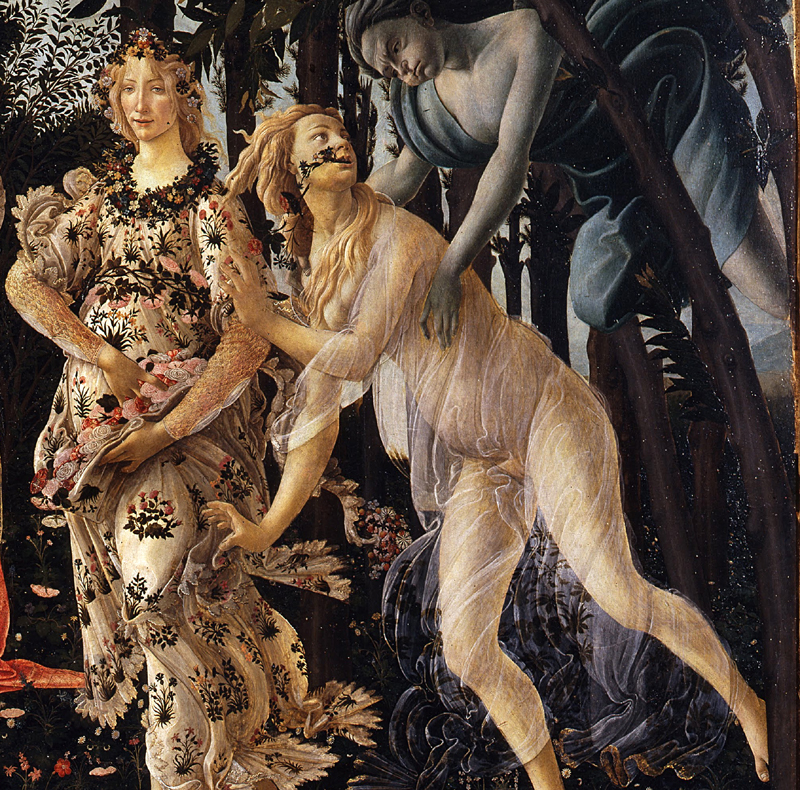

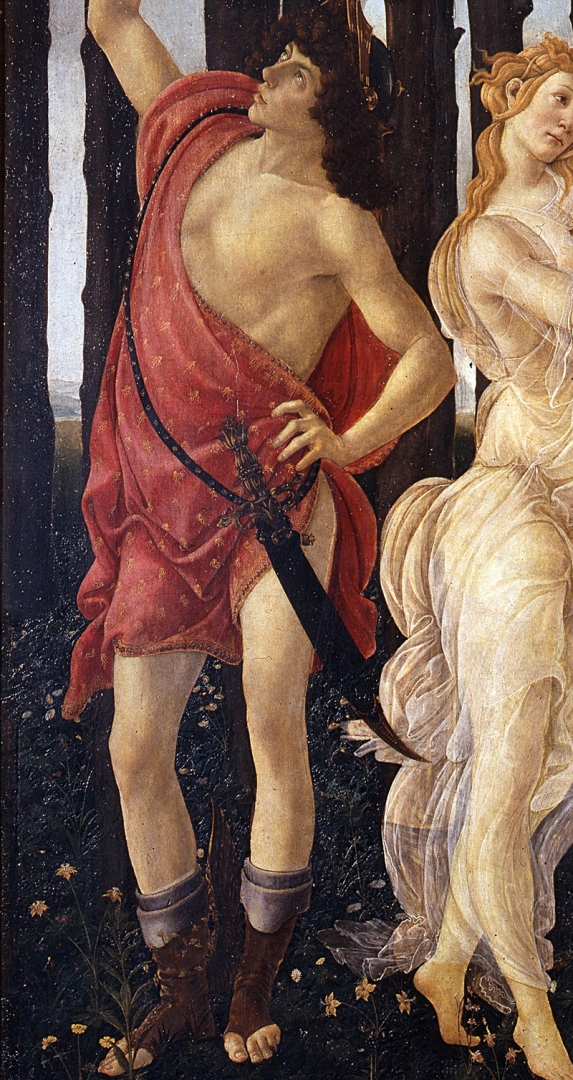

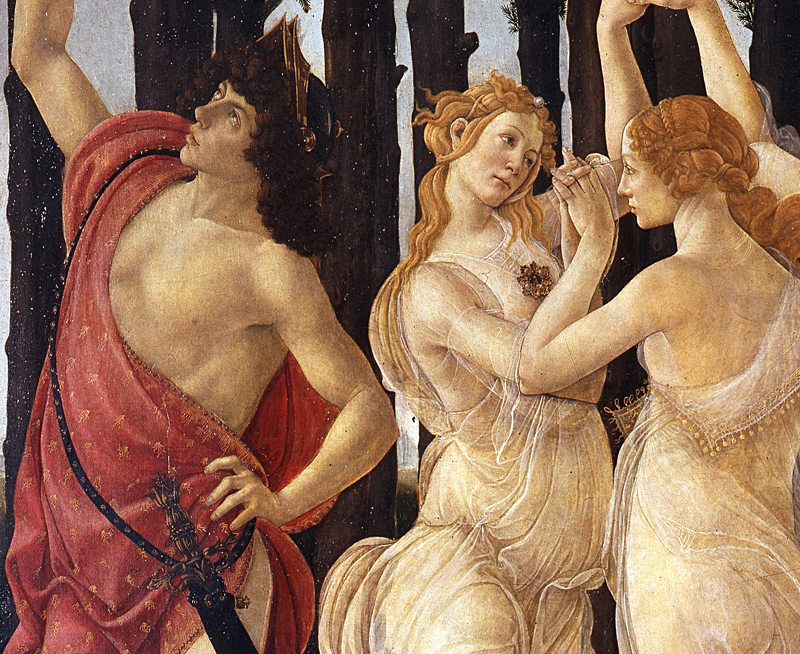
.jpg)

